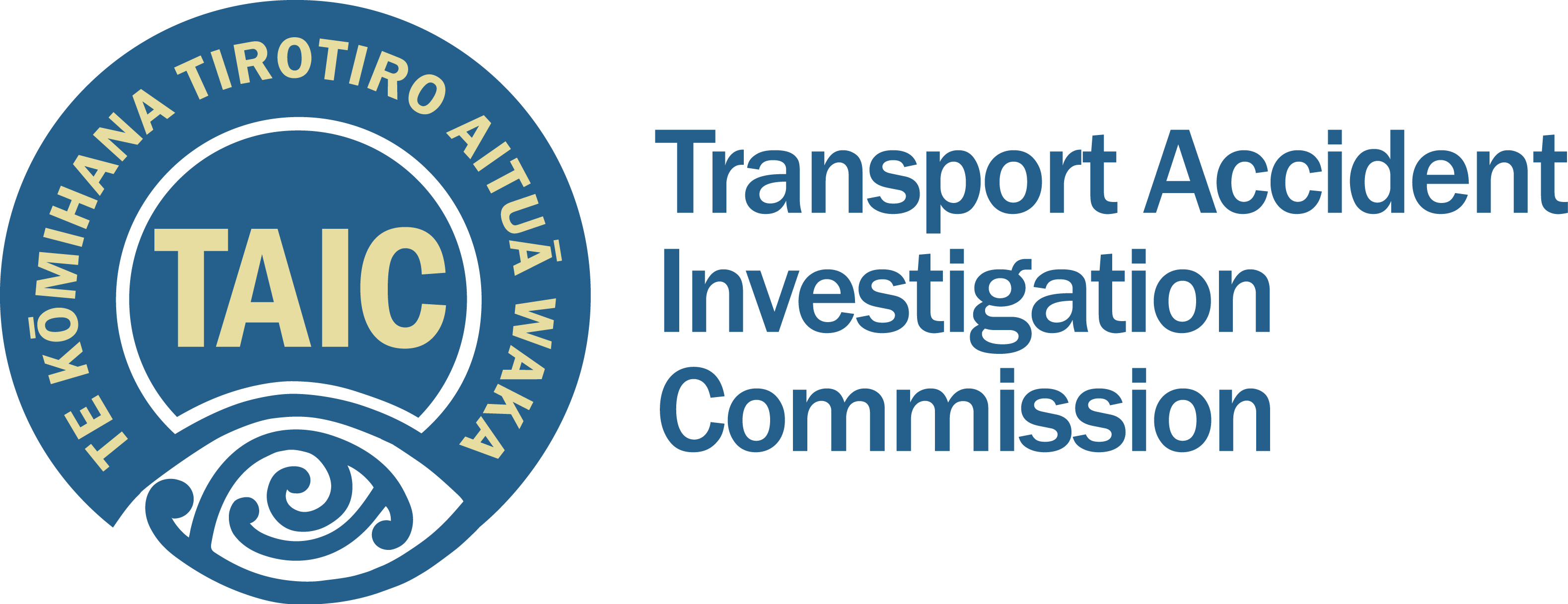
Safety alerts for workers in the rail corridor, for owners and operators of trains and heavy vehicles at level crossings, and for recreational boaties are all new in the Transport Accident Investigation Commission (TAIC) Watchlist 2024.
New: Safety of workers in the rail corridor
A new matter of great concern for the Commission is the safety of workers maintaining New Zealand's railways. Trains have been wrongly authorised to drive through maintenance worksites, endangering workers on or near the track. TAIC is calling for KiwiRail to improve safety procedures, to train workers to follow procedures and communicate clearly, and to ensure workers are well rested and in a fit state to work.
Everyone in a safety-critical role should be able to communicate clearly; make good decisions; work well in teams; and be fully aware of what's happening. The exact opposites of those characteristics were in play in May 2023, as detailed in a new TAIC final report, published today. A pair of KiwiRail track workers were caught out while walking through a tunnel on the Johnsonville Line in Wellington to deal with a small rock fall. A passenger train entered the tunnel behind them and they had the break into a run to make it to safety.
Miscommunication, assumptions, not listening and incorrect procedures led to this train being authorised to drive through a worksite. This happened because short staffing led to issues with people's technical skills and knowledge, and inadequate use of non-technical skills led to incorrect protection procedures.
Rail safety at level crossings
Another final report shows that lapses in situational awareness led to a freight train being propelled from the rear and a large truck and trailer colliding on the Fertilizer Road level crossing in Whangārei in December 2022. Both vehicles were damaged, yet all crew members survived.
The truck driver was fatigued, distracted by a cell phone call, and presumed no train would be approaching; and the train was going at almost triple the required speed. These causes would have been less likely if KiwiRail had previously assessed and dealt with the risks and made it easier for the road controlling authority to work on the crossing. Despite regular near misses on this branch line, KiwiRail hadn't assessed the risks for propelling wagons.
KiwiRail should risk-assess regular propelling movements and improve locomotive cab ergonomics for its drivers. Likewise, the local road controlling authority didn't address the risks of hazardous road user behaviour – behaviour that might have been less likely if the authority had fully maintained and improved the crossing. But this work was delayed by obstructions inherent to KiwiRail's system for allowing road control authorities to do work on level crossings. To fix this, TAIC is calling on KiwiRail to make that system more practicable, timely and supportive of safety-critical work by road controlling authorities.
More broadly, TAIC's Watchlist 2024 highlights the hazard posed by heavy vehicles at level crossings. The Commission is calling for changes by rail operators, road control authorities and the New Zealand Transport Agency. They need to agree responsibilities for safety of heavy vehicles at level crossings, design and build level crossings to accommodate larger vehicles, improve sight lines for rail and road drivers, and ensure that maintenance workers are more than just aware of how to keep safe – that they do it too.
Other elements of Watchlist 2024
On the water, Watchlist 2024 calls for recreational boating rules to deter consumption of performance-impairing substances. Alcohol and other psychoactive substances adversely affect risk perception, reaction time, co-ordination, and survivability in the water. These issues were central to a TAIC report published in 2023 on the capsize of a recreational power boat in the unpredictable waves of the Manukau Bar – an accident that claimed three lives.
Maritime rules should also obligate recreational boaties to show they understand safe boating rules and can safely drive a boat before they are able to skipper recreational craft.
The Commission again included two further items that earlier calls for technologies to track and locate, and to improve understanding of the characteristics and factors that can lead to mast bumping in Robbinson helicopters in New Zealand.
And, due to work done over the past five years by Maritime NZ, NZ Maritime Pilots Association and Port & Harbour Marine Safety Code, Watchlist 2024 no longer includes navigation in pilotage waters as a matter of the highest concern.
Everyone responsible for safety should do all they can to make safe decisions more likely. To this end, the Watchlist details the Commission’s greatest safety concerns for aviation, maritime, and rail transport. Its purpose is to draw the attention of transport regulators, operators, the Government and transport workers to systemic safety risks with high social, economic or environmental consequences. The Commission reviews the Watchlist regularly.
